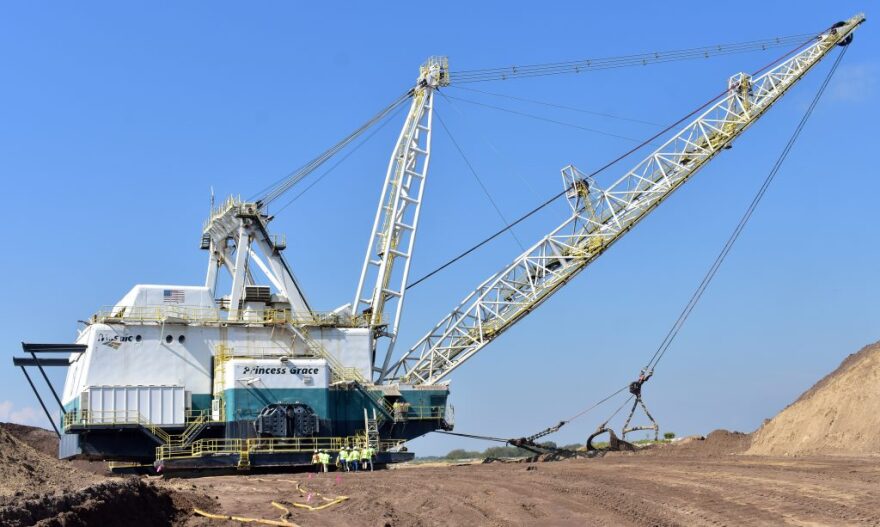The letter was mailed Tuesday to the Environmental Protection Agency. They claim the regulatory agency failed to respond to a petition three years ago calling for a revision in federal rules regulating waste left over from phosphate mining.
Ragan Whitlock is an attorney with the Center for Biological Diversity.
”There has been a lengthy history of environmental contamination and environmental injustices posed by the phosphate industry, and the EPA has stayed silent,” he said. “It is time for the EPA to act on our petition and begin treating this stuff as the hazardous waste it truly is.”
There have been several accidents reported since their petition was filed to increase scrutiny of the fertilizer industry. The biggest was the release of hundreds of millions of gallons of polluted water from the shuttered Piney Point phosphate plant into Tampa Bay in 2021.
"The Environmental Protection Agency made a decision in 1991 to exclude phosphogypsum and process wastewater from hazardous waste regulation," Whitlock said. "The Environmental Protection Agency chose to cater to the phosphate industry at the expense of our environment, and we have asked the EPA to reverse course."
At issue is what is called the Bevill Amendment. It was enacted by Congress in 1980 and exempted “special wastes,” like mining and mineral processing wastes, from increased regulation. The proposed lawsuit says it required the EPA to complete a "full assessment of each exempted waste" and to submit a full report to Congress on the findings.
In 1990, the EPA completed its study of phosphogypsum and submitted it to Congress.
The report identified widespread groundwater contamination near phosphogypsum stacks, contaminated off-site wells and drinking water sources, and an increased risk for air pathway cancer for those living near stacks. The report also identified an increased risk of containment release potential for phosphogypsum and phosphoric acid production process wastewater (process wastewater) if the phosphate mining industry were to continue to expand without increased regulation.
According to the proposed lawsuit, despite the risks outlined in that report, the EPA in 1991 stated that if more information became available, it would revisit the Bevill ruling. That, they claim, never happened.
The groups filing the intent to sue include People for Protecting Peace River, Portneuf Resource Council, Rise St. James, Sierra Club, Waterkeeper Alliance, Waterkeepers Florida, Bayou City Waterkeeper, Our Santa Fe River, Healthy Gulf, ManaSota-88 and the Center for Biological Diversity.






